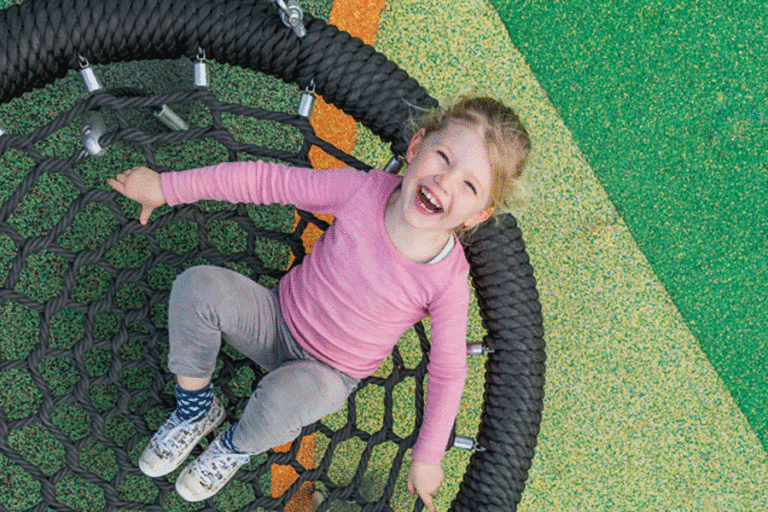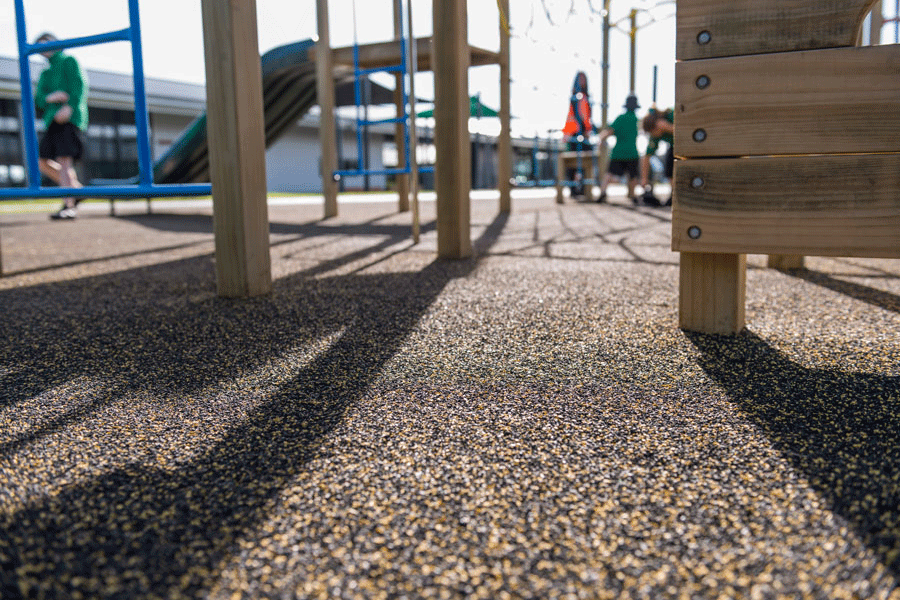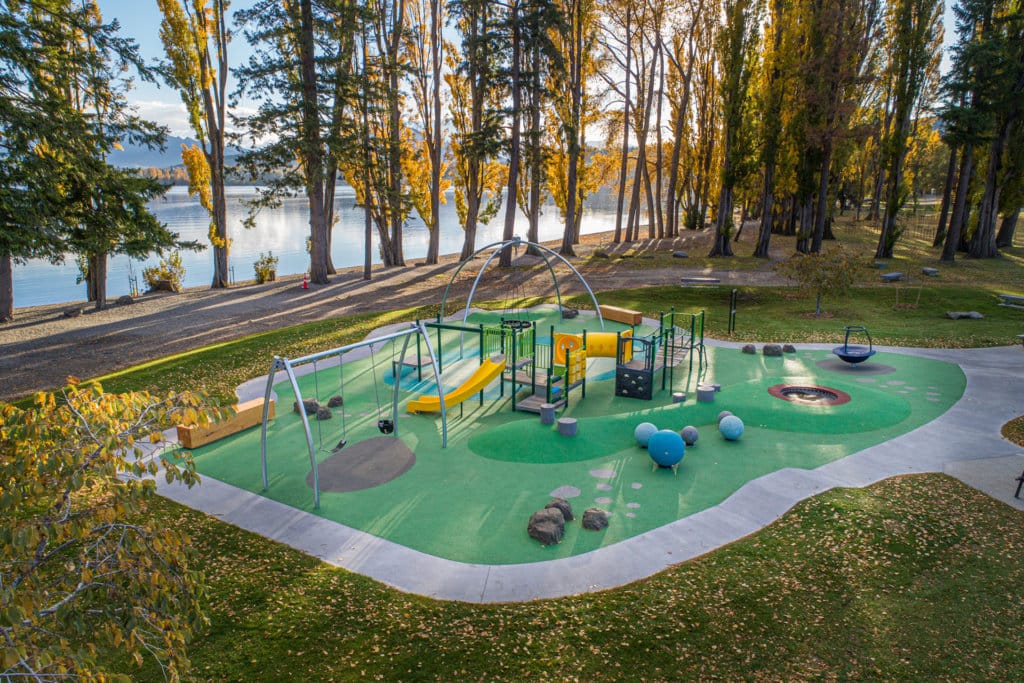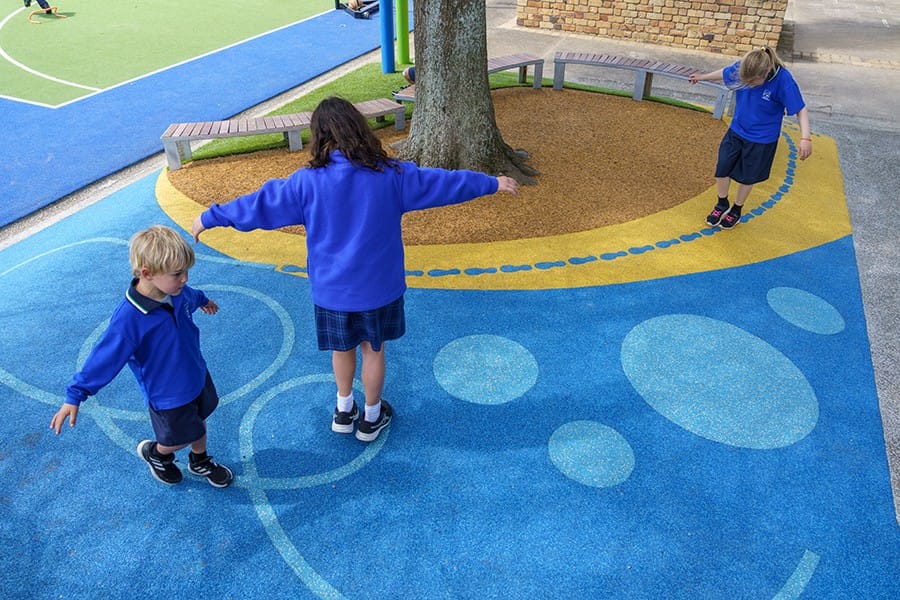Risk And Safety, It’s A Balancing Act.

How do you find the right balance between being safe and providing challenging risks in your play environment?
It’s somewhat of an odd question from a company known for safety matting isn’t it? But there’s certainly such a thing as a ‘too safe’ playground.
Without the physical tests and risk-taking children cannot extend themselves and develop the necessary coordination and confidence. However the appearance of the term ‘helicopter parent’ points to greater pressure being placed on schools, kindergartens and, obviously, children, to always be safe.
How can you have both? For recent turn-key installation projects the focus for Numat is as much on the ongoing usability as it is personal safety.
“The result needs to engage children’s imaginations as much as it needs to protect their bodies,” says Numat director Jacob Judd. “We want to inspire them to play and to challenge themselves. And we need to be there if they stumble or fall.”
It’s a complicated balancing act, especially when considering all the criteria of budget, usage, safety standards – and the nature of ‘hovering’ parents.
Click Here to Download ‘The Ultimate Guide to Playground Surfacing” Free eBook
Converging viewpoints
For one perspective we have New Zealand Principals’ Federation president Denise Torrey. In a 2015 article in the Northern Advocate on the rise of reported injuries in Northland schools she asked, “Are our kids being nice and active like we want them to be, are we covering our kids in too much cotton wool or is it just that we’re getting better at reporting these things?”
Another view is provided by Safekids director Ann Weaver, who says “The attitude in New Zealand is … ‘she’ll be right’ and ‘children need to take risks and learn from experience’. However recent research showed repeated “little taps to the head” from a fall in the playground, or playing contact sport such as rugby, could lead to brain injuries later in life.”
“Falls are a part of growing up,” says Jacob Judd. “An important part. The challenge of our work is to ensure matting is correctly placed in high-impact areas. We then need to match that to the landscaping and equipment so that the entire environment encourages long-term engagement and use.”
“Scoping of a project must take into account a number of different factors, everything from the best use of the space available to the spatial awareness of the target age group to the viewing and interactive capabilities for parents and teachers,” says Jacob. “There’s lots more to consider too – this is just the tip of the iceberg when it comes to getting the best long-term result.”
Click Here to Download ‘The Ultimate Guide to Playground Surfacing” Free eBook
Too many sub-standard play areas
There are still sub-standard play areas in New Zealand, be they incorrectly designed, poorly maintained or simply far too old and dangerous.
These ‘headlines in the making’ playgrounds still result in far too many needless injuries – and the type of consequences that can have a massive impact on a child’s future. That’s a risk parents shouldn’t have to take.
Simply put, there is no challenge without some form of risk. And there is no growth without some form of challenge. Children will continue to hurt themselves throughout the country – it’s just a fact of life.
However, with analytical work pre-installation, high-quality equipment and regular maintenance, New Zealand playgrounds can rise to the challenge and meet the requirements of both those playing and those watching on anxiously.




